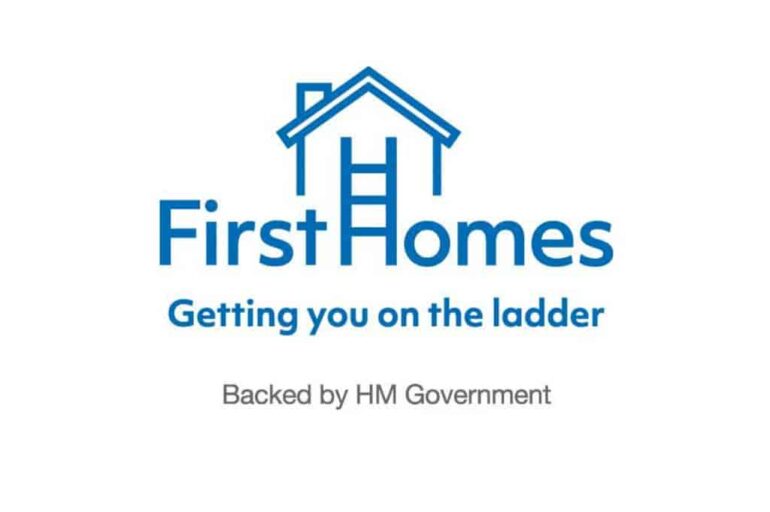The pressure on first-time buyers (FTBs) has always been apparent but when you consider rising house prices, aligned with spiralling living costs, then it’s not difficult to see why compiling a significant deposit is so difficult and why affordability constraints remain evident.
However, as a lender who is committed to the first-time buyer market, it’s important to continue helping borrowers to achieve their home ownership aspirations when and where we can.
One of the newest ways we’re doing this is through the launch of a mortgage to support homebuyers using the government’s First Homes Scheme.
With a variety of government-led options available to FTBs, there can be some confusion around eligibility and suitability. So, in a bid to bring further clarity to the First Homes Scheme, let’s outline some general criteria boundaries.
- Introduced in June 2021, the scheme is designed to make it easier for first-time buyers to buy a home in their local area, promising a discount of at least 30% of the market value when buying a new build home.
- Borrowers must be 18 or older, be first-time buyers and be able to get a mortgage for at least half the price of the home and be buying the home as part of a household where total income is no more than £80,000 (or £90,000 in London).
- The caveat being that local councils may also set some eligibility conditions. For example, some councils may prioritise giving First Homes discounts to essential workers, people who already live in the area and to those on lower incomes. There may also be exemptions for armed forces and their families.
A number of alternative products and initiatives are available, and accessible, through intermediary channels which can meet a range of FTB needs. One area which continues to rise in prominence is the reliance on financial support from family members and the different options involved in this process.
For example, a Joint Borrower Sole Proprietor mortgage works by combining the incomes of up to four family members which helps to boost the borrowing potential of would-be homeowners who would otherwise be unable to purchase a property on their own.
Another is a family deposit option. This is where family members guarantee a deposit of up to 20% by way of either a cash sum, which is deposited into a savings account or by allowing a collateral charge against their own property.
When there’s enough equity in the property, they’ll be able to re-claim their cash sum or remove the charge from their property, whichever is applicable.
Being fully versed on a range of FTB focused products, and on the lenders offering these, will help advisers to better service a wider array of borrowing scenarios.
And in an increasingly complex marketplace, the value of this advice will continue to rise in tandem with the number of FTBs who are best placed to benefit from these innovative and responsible options.
Ashley Pearson is national BDM at The Loughborough for Intermediaries



